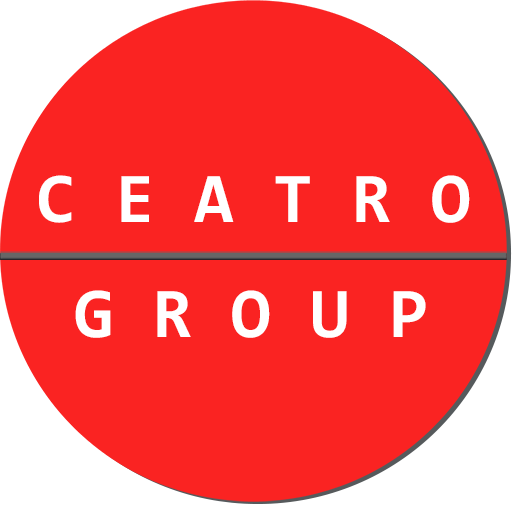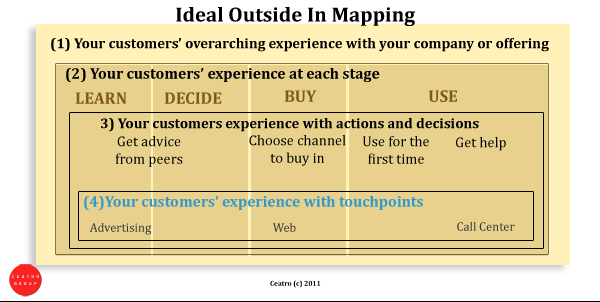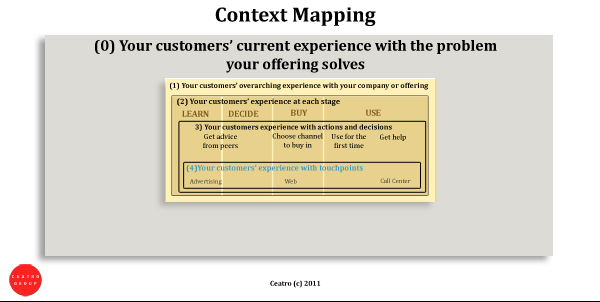Your customers’ processes and your processes that touch the customer are as critical to your operations as your supply chain or product development processes. Mapping your customers’ experiences (from their perspective) and mapping the Customer Experience you offer (from your organization’s perspective) are important steps in improving your customers’ satisfaction, your offerings, and your operations.
“How else can you improve if you don’t know what is actually going on?”
No one every disagrees with that statement. And yet we rarely come across an organization that maps its customers’ experiences or keeps a blueprint for the experience it offers. We have bumped into a few organizations that have once mapped the overall experience and a few market research or innovation departments that mapped experiences from the customers’ perspective as part of a specific project. This was a great step but if it those maps are never updated it becomes, at best, uninteresting and, at worst, a liability.
Ideally, organizations would have an ongoing, updated, documented, and shareable understanding of two things: the customers’ experience from their perspective and the Customer Experience as designed and offered by the organizations.
A) From the Outside In: the map would explore what each of its significant customer segments experience with the company at multiple levels: 1) Overarching, 2) For Each Stage, 3) For Each Important Task, Decision, and Activity, and, if relevant, 4) For Each Touchpoint. These maps, or “journeys” as they are often called, should include emotions, behaviors, actions, tasks, decisions, touchpoints, and any other relevant element that helps you best understand what the customers’ are experiencing.
There would be one other map from the customers’ perspective: 0) Their experience with the problem your offering is solving – with and without your product. This map explores the context in their lives.
B) From the Inside Out: The second set of maps would document all the experiences that the organization designed and offers to the different customer segments. These maps would include all the levels we saw above except the context map (since the organization doesn’t offer that context to the customers.) Additionally the inside out maps would go much deeper than the outside in maps because the Customer Experience that the organization offers is supported by all of the operational processes that are (usually) already documented.
The goal in experience design is to have no gaps and no disconnects between what you are offering to your customers, what they need and expect, and what they are actually experiencing.
Mapping is just a tool to get you closer to this goal. Once you understand what is happening from the customers’ perspective and your perspective, you can work to improve the experience to meet and exceed the needs of your customers, your market, and your innovation strategy. And then maintain this practice just as your organization maintains and improves upon all its other mission critical business processes.
Note: It doesn’t matter what these maps look like as long as they are easy to use and contain all the information necessary. We happen to use rectangles and/or process diagrams (that are supported by data tables) a lot for the detailed maps that will be used for designing and planning and then prettier renderings for the maps that will be used to communicate broader messages. Others use circles or cartoons . . . this is a personal choice. Just remember – if the map doesn’t contain all the information you need and if it doesn’t communicate it well, it isn’t really a map you can use.


